What Connects Rekha, Nandita Das, Usha Uthup, and Others
When you think of Indian cinema, music, and culture, certain names stand out—Rekha, Nandita Das, Usha Uthup. Each of these icons, while excelling in different fields, shares a common thread that binds them to tradition and heritage: the timeless beauty of silk sarees. Silk sarees are more than just garments; they are a symbol of grace, elegance, and cultural pride. Across generations, these celebrated women have embraced silk sarees, making them a core part of their identity.
In this blog, we will explore the connection between these renowned personalities and silk sarees, delving into the reasons why silk remains their fabric of choice and what makes it such an iconic aspect of Indian culture.
The Timeless Charm of Rekha and Her Signature Silk Sarees
Rekha, often regarded as the epitome of grace in Indian cinema, is known for her iconic look—a silk saree with classic gold jewelry. Her love for Kanjivaram silk sarees is well-documented, with the actress donning these magnificent weaves at almost every major event. The richness of silk, combined with intricate zari work, complements her regal persona, making her an evergreen fashion icon.
Kanjivaram sarees, known for their lustrous finish and vibrant colors, hold a special place in Rekha’s wardrobe. Over the years, she has managed to turn these traditional sarees into a symbol of her personal style. But why does Rekha choose silk so often? It’s more than just a fashion statement. For Rekha, silk sarees reflect her connection to her South Indian roots, and she uses this traditional attire as a way to express cultural pride and timeless elegance.
Nandita Das: Simplicity and Strength in Handwoven Silks
Nandita Das, an acclaimed actress and filmmaker, has always embraced simplicity in her style. Unlike the glamour of Bollywood, Das prefers understated yet elegant handwoven silk sarees. She often opts for Tussar and Bhagalpuri silks, which reflect her down-to-earth nature and strong advocacy for sustainable fashion. These sarees, known for their natural texture and earthy tones, are a favorite among women who prefer a more subtle elegance.
For Nandita, silk sarees are not just about tradition but also about supporting local artisans and promoting eco-friendly practices. Her sartorial choices speak volumes about her personality—intelligent, grounded, and focused on social impact. Through her preference for handwoven silks, she brings attention to the craftsmanship behind these pieces, championing the cause of India’s rich textile heritage.
Usha Uthup: Silk Sarees as a Part of Her Bold and Vibrant Persona
Singer Usha Uthup, famous for her powerful voice and energetic performances, is known for her bold and vibrant style. Her signature look includes silk sarees in bright, bold colors, often paired with traditional jewelry. What sets Usha Uthup apart is her unapologetic embrace of her individuality, and her love for silk sarees plays a big role in her unique identity.
Usha's preferred silk sarees are often unconventional in color and design, much like her music. Banarasi and Kanchipuram silks feature prominently in her wardrobe, as these sarees reflect the richness of Indian culture and craftsmanship. Through her vibrant sarees, Usha Uthup celebrates diversity and creativity, proving that tradition can be beautifully intertwined with modernity.
The Cultural Connection: Why Silk Sarees are the Fabric of Choice
What makes silk sarees so special for these iconic women? Silk sarees have long been a symbol of Indian heritage, worn by women of all ages and backgrounds. From weddings to festivals, silk sarees are chosen for their richness, elegance, and versatility. Whether it’s the intricate designs of a Kanjivaram, the rich patterns of a Banarasi, or the simplicity of a Tussar, each type of silk saree has its own story to tell.
Silk is not just a fabric; it’s a statement. Its luxurious texture and sheen make it perfect for formal events, yet it can be styled in ways that are both traditional and contemporary. The versatility of silk sarees allows them to transcend time, making them a favorite across generations, from grandmothers to today’s youth.
The Artistry Behind Silk: A Testament to Indian Craftsmanship
Another reason for the enduring love of silk sarees is the incredible artistry behind them. Many of these sarees are handwoven by skilled artisans, with techniques passed down through generations. The zari work, embroidery, and intricate borders found on silk sarees are a reflection of the time and dedication involved in creating each masterpiece.
For women like Rekha, Nandita Das, and Usha Uthup, wearing a silk saree is more than just a fashion choice—it’s about honoring this craftsmanship and paying homage to the artisans who create these stunning pieces. Their embrace of silk sarees brings attention to the rich cultural history of India and helps preserve the tradition for future generations.
Silk Sarees: A Fashion Statement for All Ages
One of the most fascinating aspects of silk sarees is their ability to remain relevant across generations. Women like Rekha and Usha Uthup have long been style icons, but younger generations are also rediscovering the beauty of silk sarees. The modern-day fashionista might pair a traditional Banarasi silk saree with contemporary accessories or drape it in a more modern style, blending tradition with today’s trends.
Even in an age dominated by Western fashion, silk sarees have retained their allure. Celebrities, influencers, and fashion designers are continually finding new ways to reinvent silk sarees, ensuring their place in contemporary wardrobes while maintaining their deep cultural significance.
The Modern Appeal of Silk Sarees: Tradition Meets Innovation
While silk sarees have been around for centuries, they are by no means stuck in the past. Designers are constantly experimenting with new textures, colors, and draping styles to make silk sarees appealing to the modern woman. Whether it’s a fusion of traditional motifs with modern cuts or the use of eco-friendly silk, the saree continues to evolve while retaining its timeless charm.
Women like Nandita Das and Usha Uthup represent the perfect blend of tradition and modernity. Their ability to wear silk sarees with confidence and ease reflects the adaptability of the garment itself. It’s a testament to the enduring appeal of silk that it can be worn in so many ways, across different contexts, and still remain timeless.
Conclusion: The Eternal Bond Between Silk Sarees and India’s Icons
Rekha, Nandita Das, Usha Uthup, and countless other influential women have all found something special in silk sarees. For some, it’s a reflection of their cultural roots; for others, it’s a celebration of craftsmanship and sustainability. Silk sarees offer the perfect blend of tradition, elegance, and modern appeal, making them a fabric of choice for women who want to make a statement.
In a world where fashion trends come and go, silk sarees have proven to be timeless, just like the women who wear them. They symbolize the beauty of Indian heritage and the pride that comes with embracing tradition while looking toward the future.

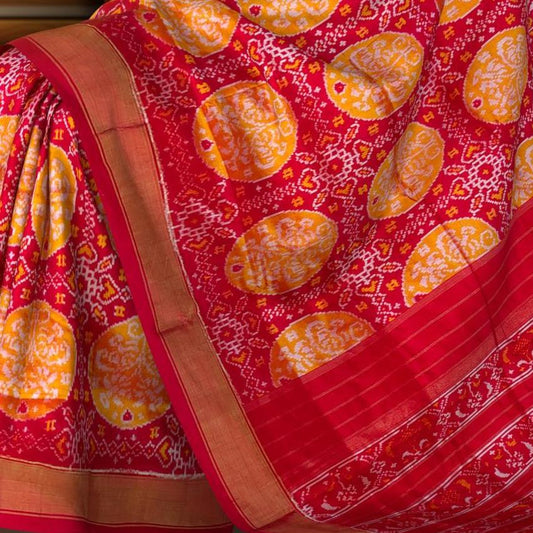
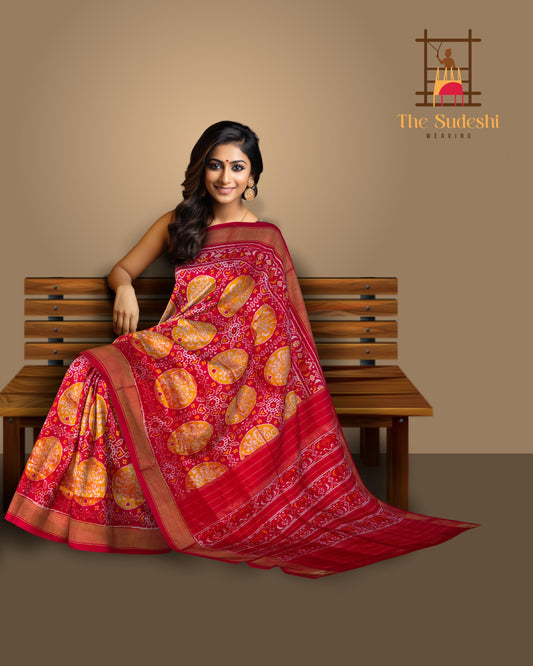
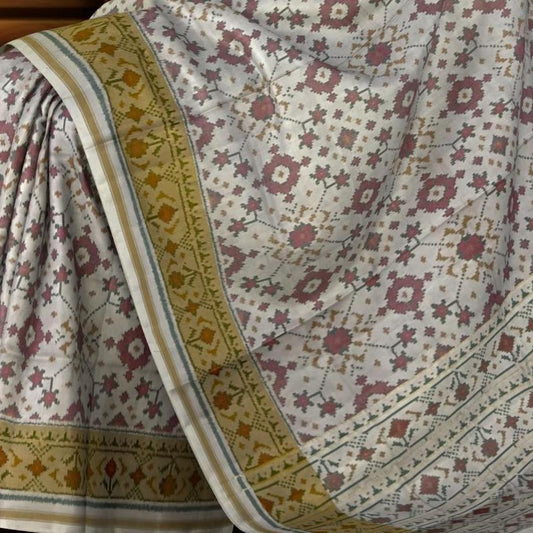
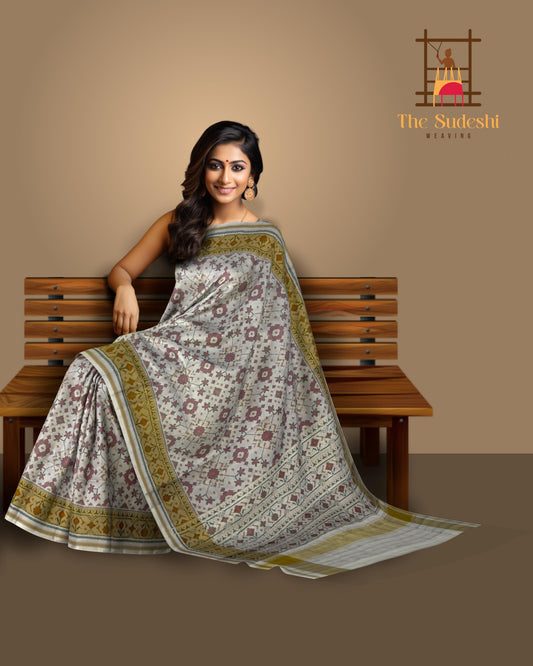
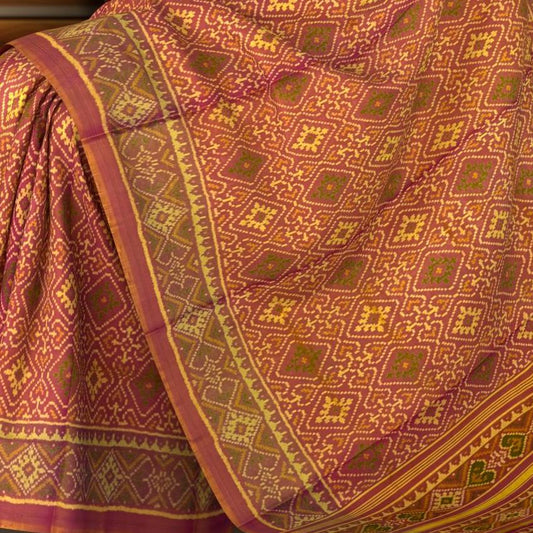
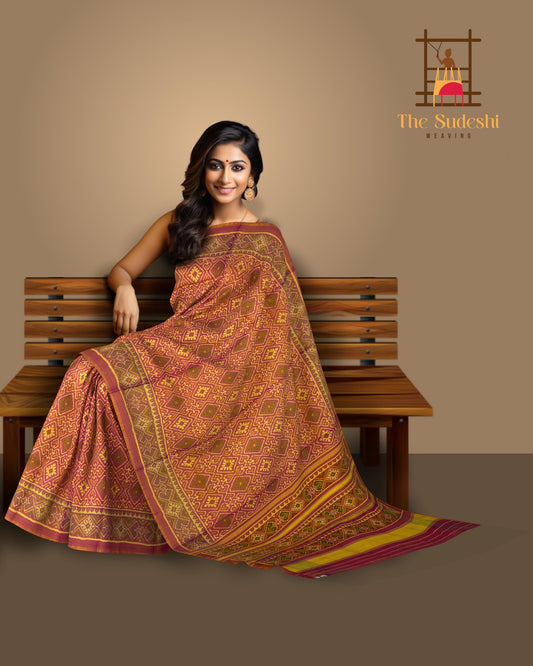
Leave a comment
Please note, comments need to be approved before they are published.